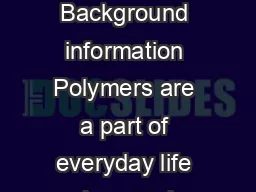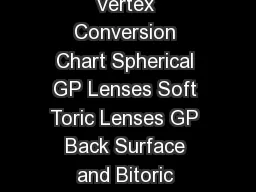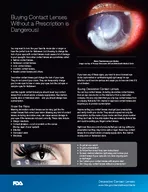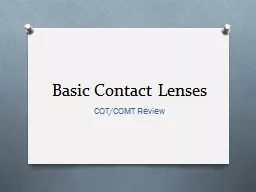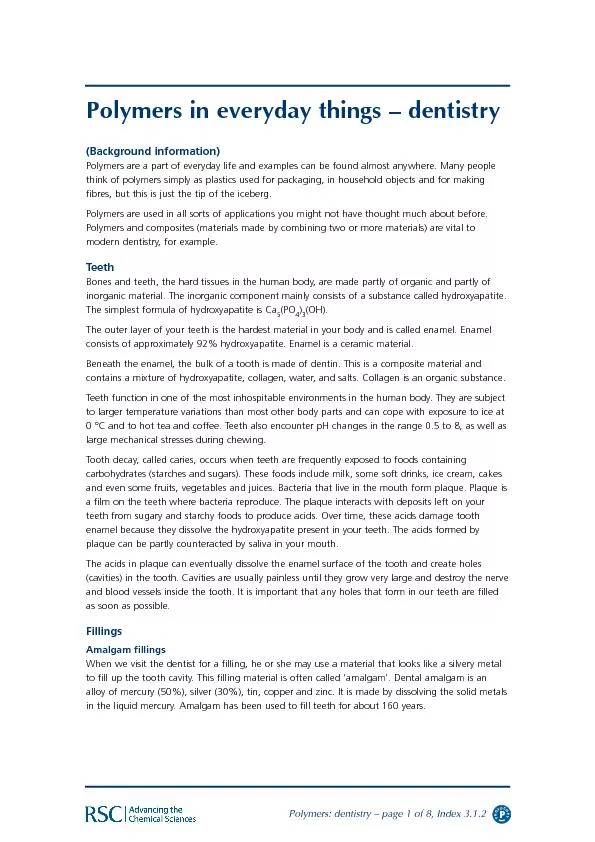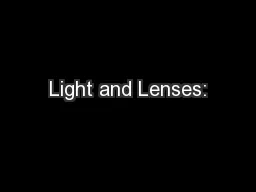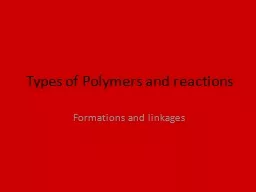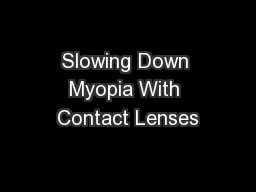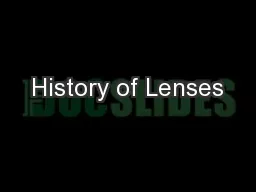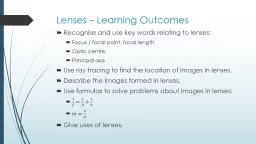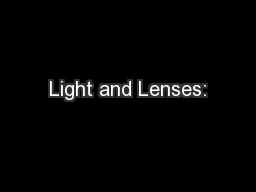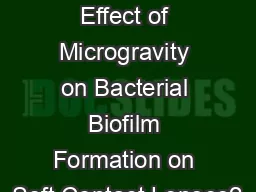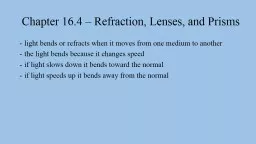PDF-Polymers in everyday things contact lenses Background information Polymers are a part
Author : lois-ondreau | Published Date : 2014-11-23
Many people think of polymers simply as plastics used for packaging in household objects and for making fibres but this is just the tip of the iceberg Polymers are
Presentation Embed Code
Download Presentation
Download Presentation The PPT/PDF document "Polymers in everyday things contact lens..." is the property of its rightful owner. Permission is granted to download and print the materials on this website for personal, non-commercial use only, and to display it on your personal computer provided you do not modify the materials and that you retain all copyright notices contained in the materials. By downloading content from our website, you accept the terms of this agreement.
Polymers in everyday things contact lenses Background information Polymers are a part: Transcript
Download Rules Of Document
"Polymers in everyday things contact lenses Background information Polymers are a part"The content belongs to its owner. You may download and print it for personal use, without modification, and keep all copyright notices. By downloading, you agree to these terms.
Related Documents

